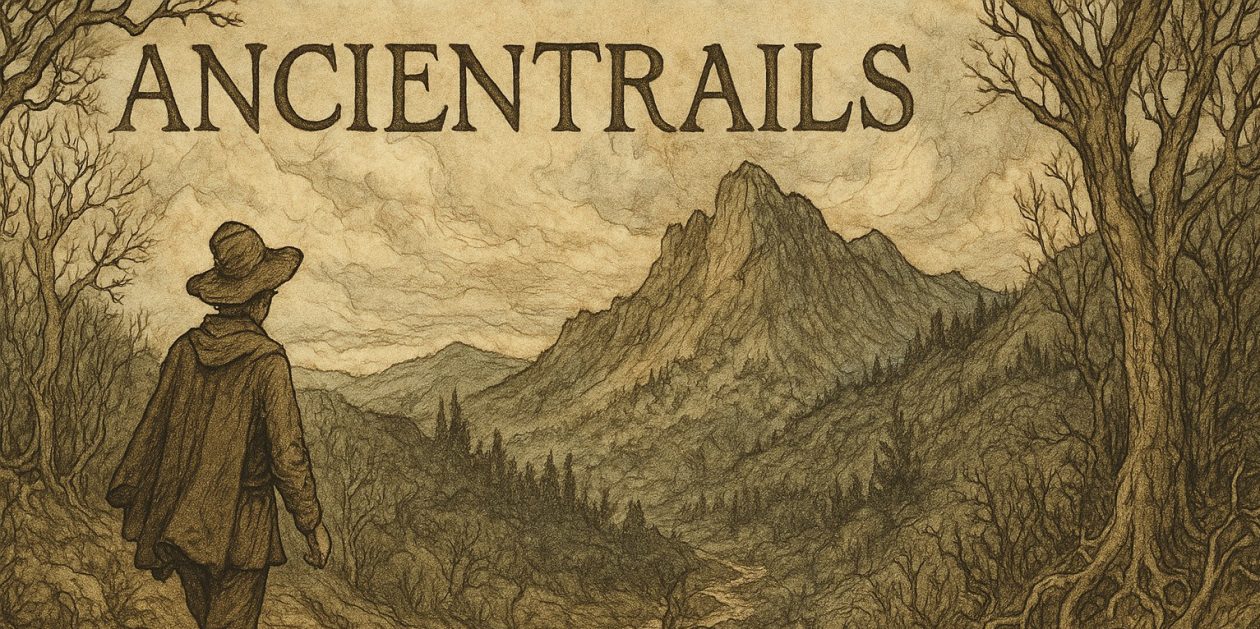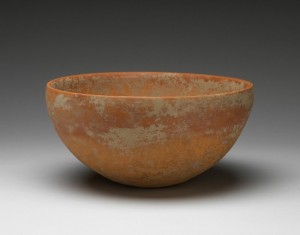Spring Bee Hiving Moon
There are certain holidays when a former minister’s thoughts turn to apostasy. Easter is chief among them. This is the true high holiday of the Christian liturgical year and it is such because it is the resurrection that marks Christianity off from other faiths. And, yes, I know about the dying and rising gods and how Jesus fits that paradigm. I agree it matters. Nonetheless, when you put Christianity on the stage with Islam, Judaism, Buddhism, Taoism, Shintoism, the various faiths counted as the Hindu religion, Sikhism, Jainism and whatever I might have forgotten, Christianity distinguishes itself by claiming a man/god who died, then rose from the dead.
It is that unique characteristic that Christians all over the world celebrate on Easter. The resurrection is not only distinctive, it is central theologically to the Christian claim. Christianity moves on from Judaism at the empty tomb. But not before. Until the risen Jesus, Christianity’s story was not remarkable. There were other would-be messiahs. Others had followers and claimed miracles. The teachings of Jesus largely conform to Jewish thought. Even the crucifixion was not remarkable. Other Jews died on the cross, too. This was a common form of capital punishment for the occupying Roman empire.
(George Frederick Watts – Orphée et Eurydice)
No, it is the dying and rising that makes Jesus unique and transformed him into Jesus the Messiah, Jesus Christ. So, to set this claim aside, at least in its ontological sense, is the worst of apostasies. And yet that is what I have done. Am I sure it never happened? No. That’s as impossible as being certain that it did. The shift for me came when I realized whether it had happened or not no longer mattered to me.
What do I mean by that? As one trained in Christian history, biblical scholarship, ethics and theology, I began to find Christianity, in all its forms, even its most liberal, simply too narrow. In my years in the Presbyterian Church I had many good friends, participated in many activities that moved justice forward, but I also struggled with church members and congregations over gay lifestyles and rights, the Vietnam War, income inequality and the privileges of white america.
In itself, of course, that back and forth is not unusual. There were, at the time of my ministry, some 75,000 Presbyterians in the Presbytery of the Twin Cities for which I worked. The Presbytery went as far north as Pine City, as far west as Buffalo, south to the Minnesota border and east a county or so into Wisconsin. That there would be widespreads on matters of public policy is not at all surprising. There were urban/rural differences, liberal/conservative differences, evangelical and liberal theological differences. All quite normal sociologically.
What became clear over time, at least to me, was that the conversation and disputes happened in a sealed dome, a sort of osmotic barrier that surrounded those 75,000 people when they gathered as the church. The barrier filtered out those who could not believe in the resurrection, yes, but it also filtered out, and this is more crucial to me, those who would not conform to the various ideological accretions adhering to denominational institutional life.
(Frederic Leighton-The Return of Perspephone (1891))
Here’s an example. Presbyterians, as Calvinists, were long known for their adherence to predestination, even double predestination. Predestination is a theological form of materialist determinism (a current favorite among some practitioners of hard science) that posits God has determined every thing that happens. Double predestination so-called took this belief to its logical, yet absurd conclusion. God had determined in advance who would be saved and who would not. This particular barnacle had been unstuck from the goodship Presbyterianism by liberal theologians quite a while back though certain branches of the denomination continue to hold the view.
My former boss, Bob Lucas, a great and good man, often warned against “majoring in the minors.” Within the ambit of the church this means don’t fuss with matters not essential, don’t get into conflict over things that are incidental to salvation, the primary purpose of the church. I think another version of this idea goes: In essentials unity, in all else, tolerance.
My position became that Christianity itself, as a movement, was majoring in the minors. It focused on conforming belief, ethics, morality and culture to the idiosyncrasies of a long gone time. That is the effect of seeing biblical material as inspired and the church’s early days as somehow foundational, like the American Constitution. Christianity has expended so much time, wealth, intellectual power and even violence to achieve this conformity, yet a casual step outside that dome, outside the osmotic barrier shows us that the great majority of people need food, medicine, work, public health. Those are the majors.
(The Osiris-bed, where he renews the harvest cycle in Egypt.)
The minors are matters like the crucifixion and the resurrection. Why? Not least because their truth or falsity get trapped within human institutions that use them not for the intrinsic wonder and awe they represent, but as chits in the distribution of power. They simply are not the world altering events they claim to be.
(inanna sumerian goddess annunaki clawed feet is an ancient way to depict the fact she visited the Underworld.)



